Advantage Of Using Polyethylene Wax in Masterbatch
In the production of colored plastic industries, there are many problems in terms of color uniformity and stainlessness of the final product, which are related to pigments and color pigments.
Pigmented powders for the production of color Masterbatches can cause problems such as Destructive effects on the mechanical properties of polymers, Stained and spotted end product – Clogging of filters (Spinneret) of Masterbatch – Cracks and fractures on Masterbatch.
To prevent pigment problems in the production of Masterbatches lumps pigments (Agglomerate pigments) should be dispersed before production, this process would be known as Dispersant.
Dispersing agent (Dispersant) means that in the production of Masterbatches and polymer blends, the distribution of pigments or fillers is done uniformly.
Dispersant agents include three groups as follows:
• Waxes (Natural and synthetic)
• Organic acids and their derivatives (esters of acids – fatty acids – amide acids)
• Fluorinated polymers
One of the most important and widely used distribution factors in the plastics and polymer industry are polyethylene-based waxes. Polyethylene wax, known as a low molecular weight polymer wax, in addition to its good dispersing effect in the distribution of pigments, is also used as a lubricant and release agent in the production of plastics and PVC industries.
Polyethylene wax is a by-product in the production of polyethylene, which is produced in two grades of LDPE and HDPE in different types.
Choosing the right and suitable dispersing agent with the polymer is very important because the color quality of the final product changes due to the mismatch between the dispersing agent and the polymer.
For example, in the production of color Masterbatches based on polyolefin, polyethylene wax with very low molecular weight is used or Zinc Stearate. For color Masterbatches of engineering polymer compounds, polar polyethylene wax with low molecular mass or Calcium Stearate or Magnesium Stearate is used.
For optimal and most desirable use of pigments and their dispersant, the paint masses must be completely moistened (all sides of pigments- the surface of the pigments and the inside of the pigments), but it should be noted that if wet a lot of pigments, it becomes to Agglomerate Pigment and causes the pigments to clump and is very harmful for the distribution of pigments on the Masterbatch surface.
The wetting process of the pigments, along with the addition of a suitable amount of polyethylene wax, reduces the viscosity of the Masterbatch melt (Melt Viscosity) and the full extent and distribution of the pigments without adverse effects on the Masterbatch.
The wetting process of the pigments, along with the addition of a suitable amount of polyethylene wax, reduces the viscosity of the Masterbatch melt and the full extent and distribution of the pigments without adverse effects on the Masterbatch.
The use of polyethylene wax in the production of Masterbatches has many advantages such as increasing color intensity and color stability, saving paint consumption, the viscosity of the Masterbatch melt – increasing the transparency of the film surface – reducing the formation of stains and shadows on the Masterbatch surface – less broken Masterbatch fibers – Lump production is lower, especially in downstream processes.
Polyethylene wax in Polyolefins causes the pigments (Colorful particles) to be well wetted and the color dispersion in them to be done well. Polyethylene wax reduces the viscosity of the masterbatch melt and thus increases the number of pigments in the masterbatch.
Polyethylene wax in engineering polymer compounds (styrene-based polymers) makes the product surface shiny – as a separating agent from the mold (release agent) – Reduces viscosity and increases dispersion.
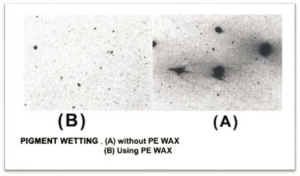



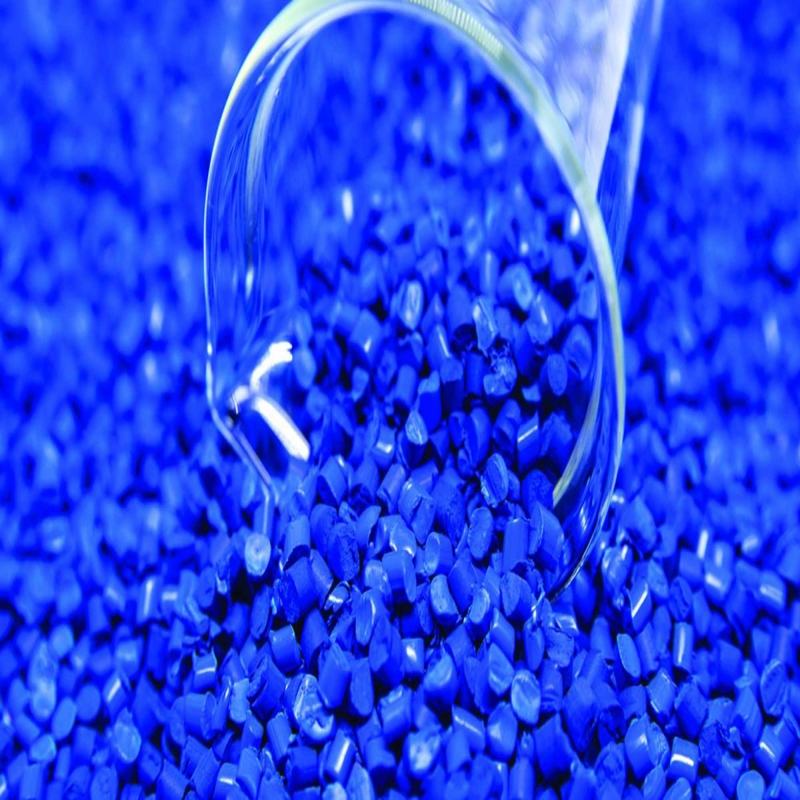
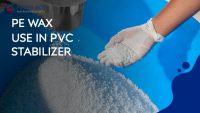
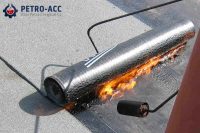
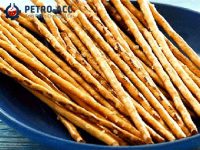
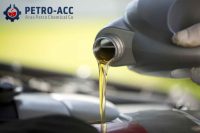
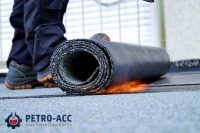
It is not my first time to go to see this web page, i
am browsing this web page dailly and take nice data from here
everyday.
Hi there! I just want to give you a big thumbs up for the excellent information you have here on this post.
I will be coming back to your website for more soon.
Thanks
I am looking for a PE wax similar with Luwax AL 3, Luwax Eva 3 AND lUWAX AF32 coming from BASF